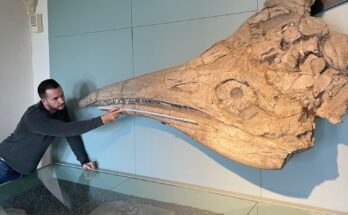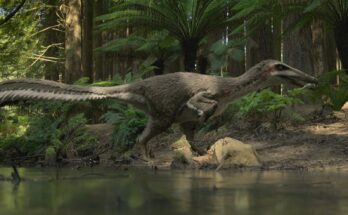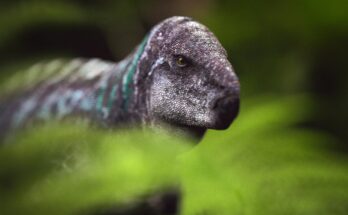Imagine walking through a primeval forest 125 million years ago. Towering conifers loom overhead, and the air is filled with the songs of early birds and insects. Suddenly, a giant predator bursts through the undergrowth — a fearsome beast almost 30 feet long, with a mouthful of dagger-like teeth. But instead of scaly reptilian skin, this giant is covered in a shaggy coat of primitive feathers.
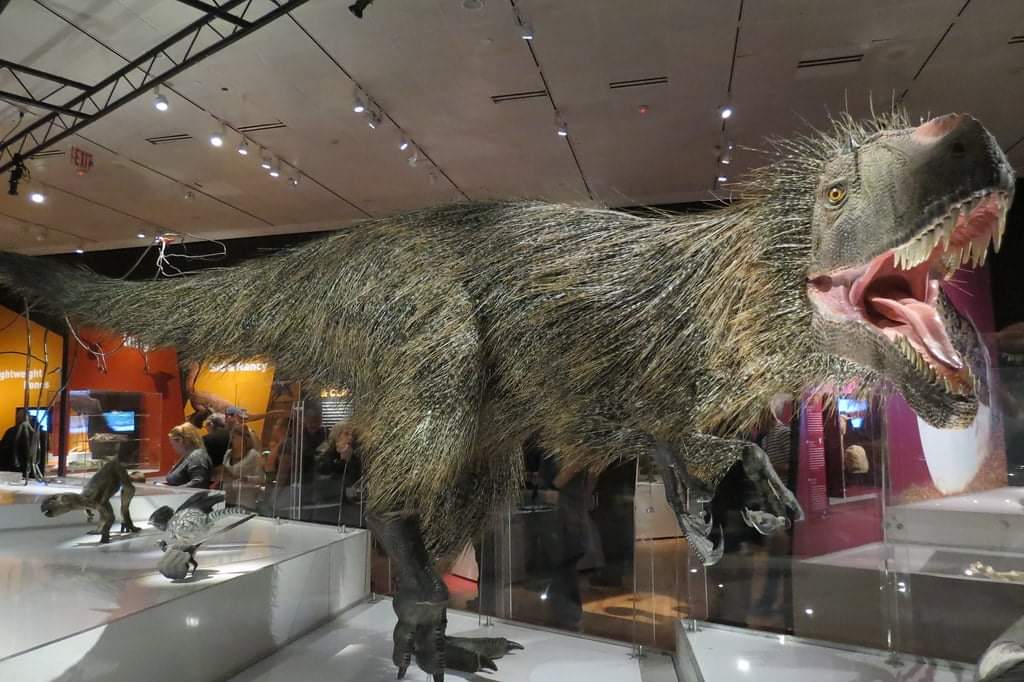
Meet Yutyrannus huali, whose name means “beautiful feathered tyrant.” This dinosaur has become one of the most important discoveries of the 21st century, reshaping our understanding of what large tyrannosauroids looked like. Until its discovery, the classic image of tyrannosaur-like predators was of scaly, cold-blooded monsters. But Yutyrannus showed the world that even these massive apex predators wore a feathery coat — a revolutionary idea.
Yutyrannus lived during the Early Cretaceous, about 125 million years ago, in what is now northeastern China. It was one of the largest feathered animals ever found, weighing over a ton and stretching nearly 9 meters long. This dinosaur belonged to the tyrannosauroid family, a group of meat-eating theropods that would ultimately give rise to the legendary Tyrannosaurus rex much later.
In this article, we will take you on a journey through the world of Yutyrannus. We will look at how it was discovered, what made it unique, how it lived and hunted, and why it is so important to modern paleontology. Get ready to meet a dinosaur that was both terrifying and beautiful — the Yutyrannus huali.
Discovery and Fossil Evidence
The incredible story of Yutyrannus huali began in the early 2010s in northeastern China’s Liaoning Province, a region world-famous for producing exquisitely preserved fossils. These fossil beds, known as the Yixian Formation, have yielded some of the most important dinosaur discoveries of all time, including feathered raptors, early birds, and even the famous four-winged Microraptor.
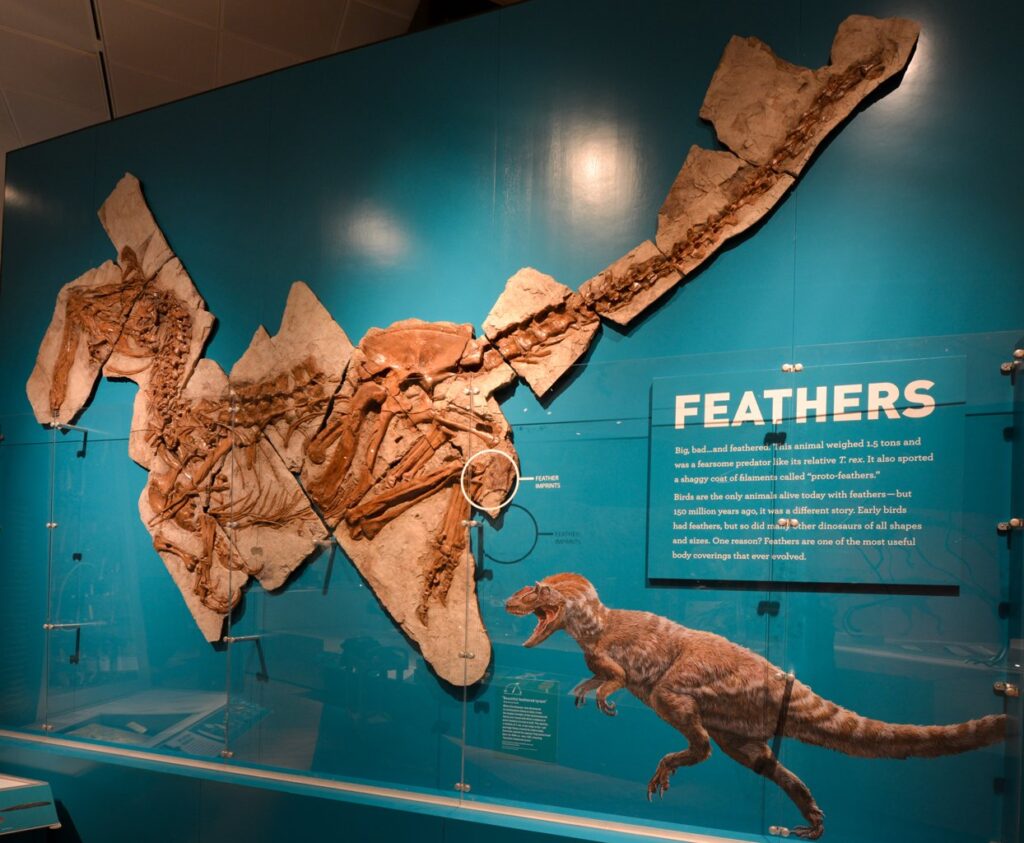
In 2012, paleontologist Xu Xing and his team announced a discovery that would shake up dinosaur science. They had recovered three remarkably complete skeletons of a giant feathered predator, an animal far larger than any feathered dinosaur known before. These fossils showed preserved impressions of filamentous feathers, proving that even such a large predator had a coat of plumage.
The fossils included an adult and two juveniles, giving scientists a rare window into the growth and life cycle of this predator. The name Yutyrannus huali combines “yu” (meaning feather) and “tyrannus” (meaning tyrant) with the Chinese word “huali” (meaning beautiful). The name is a perfect description: a beautifully feathered tyrant.
What truly amazed paleontologists was the size of Yutyrannus. Before this, large tyrannosauroids were mostly imagined as scaly, like T. rex. But Yutyrannus was about 9 meters (30 feet) long and weighed up to 1,400 kilograms (about 3,000 pounds), making it the largest feathered dinosaur ever discovered to date. The presence of feathers on such a giant challenged previous thinking that feathers were only for small dinosaurs or for flight.
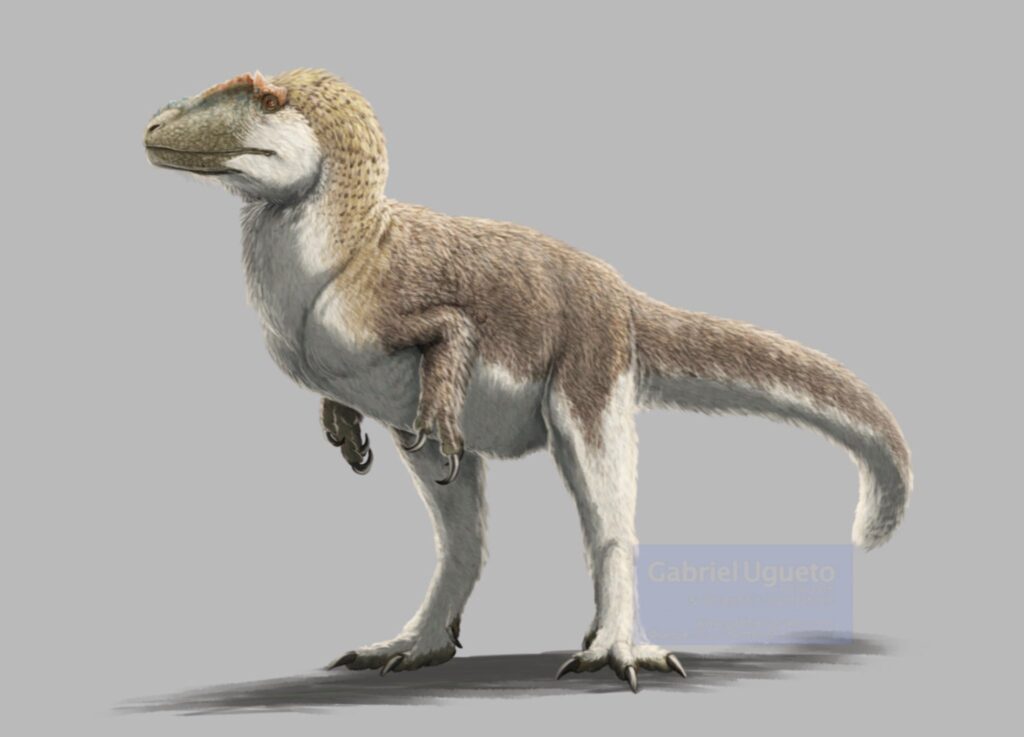
The fossils preserved not just bones but also skin and feather impressions. These showed that Yutyrannus had a thick covering of filamentous feathers, similar to a fuzzy coat. Scientists believe these feathers were probably used for insulation in the chilly Early Cretaceous climate, and possibly for display or even camouflage.
The skull of Yutyrannus had powerful jaws, studded with sharp, serrated teeth, built to tear through flesh. Its long, three-fingered arms ended in vicious claws, and its massive hind legs showed it could run down prey. Altogether, these fossils revealed an apex predator that was both powerful and surprisingly birdlike, blending features of giant tyrannosaurs with the feathery look of early birds.
Because these fossils were so well preserved, they gave paleontologists an unprecedented chance to study the evolutionary pathway that led from feathered dinosaurs to modern birds. In many ways, Yutyrannus has become a “missing link” showing how large, feathered predators fit into the dinosaur family tree.
